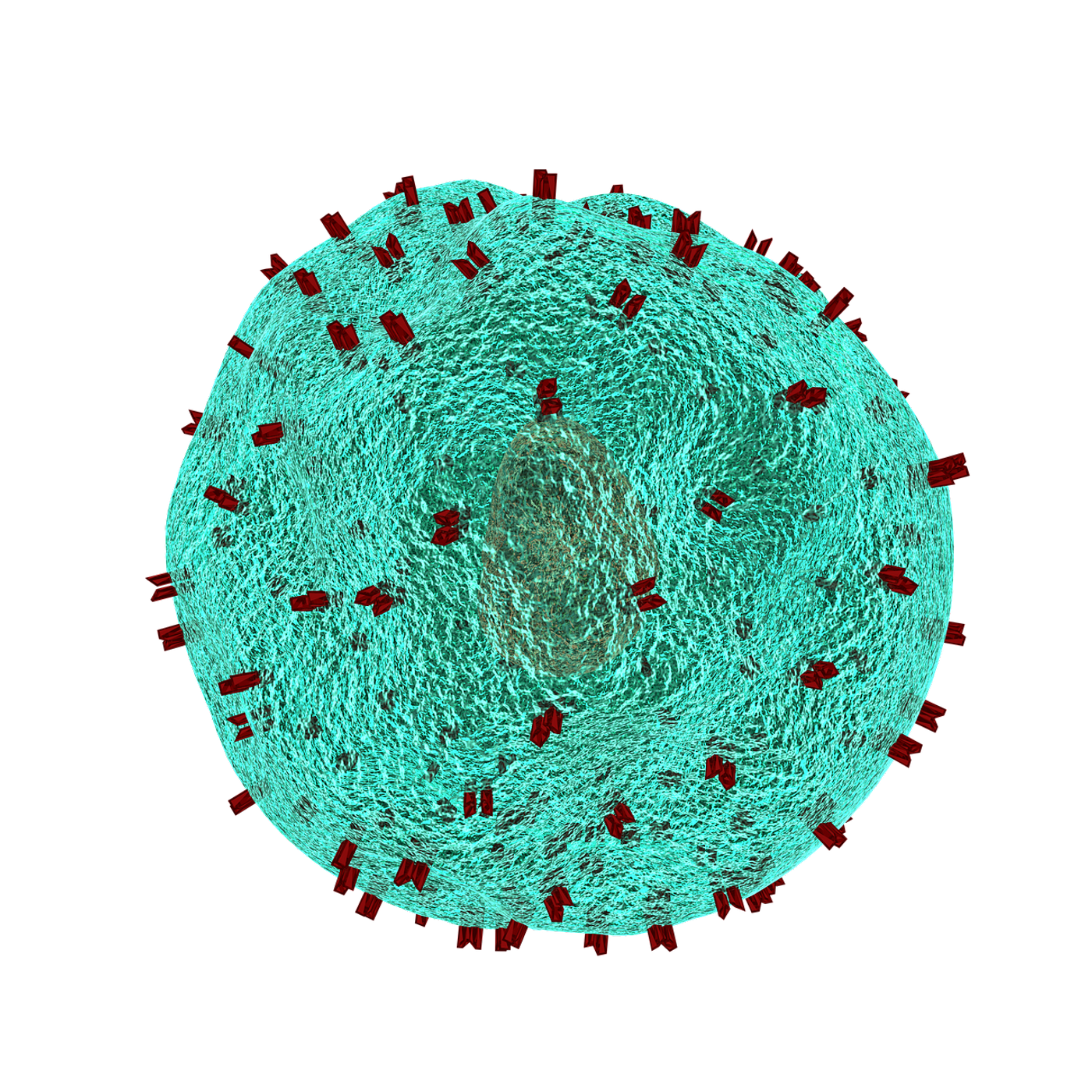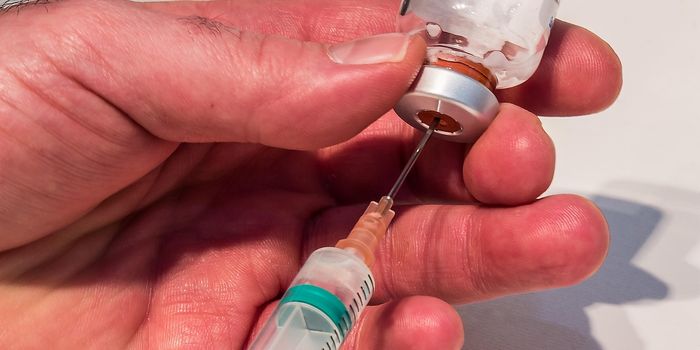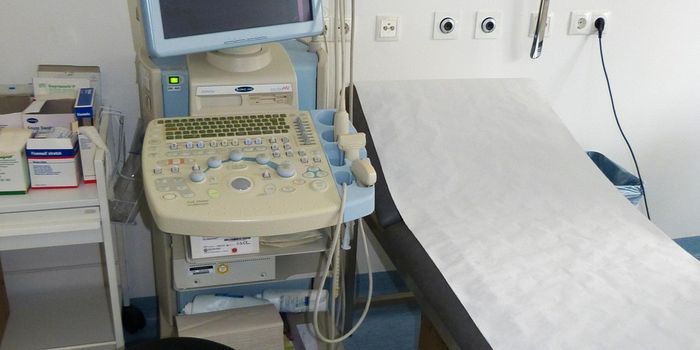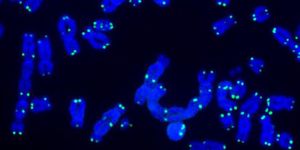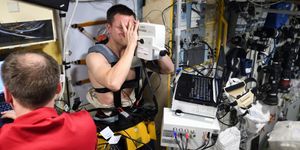A New Strategy for the Selective Elimination of Blood Cancer Cells
Leukemia, a cancer that develops in the blood, often in bone marrow, produces abnormal cells throughout the bloodstream. Experts estimate over 62,000 new cases of leukemia and over 23,000 deaths from the disease in 2024.
Hematopoietic stem cell transplantation (HSCT), a procedure involving replacing a patient’s stem cells with healthy stem cells, can successfully treat patients with leukemia. The transplanted stem cells form blood cells, which include immune cells. If successful, the new, healthy stem cells will reconstitute the patient’s blood supply. However, a significant clinical challenge arises after the transplant. Unhealthy cells, particularly quiescent cancer cells, can survive the treatment, leading to a high likelihood of recurrence. Current standard-of-care procedures involve non-specific chemotherapies that act on proliferating cells, sparing normal cells but not effectively targeting these quiescent cancer cells.
Some hematopoietic cancers have benefited from antigen-specific cell depleting therapies consisting of monoclonal antibodies that target and eliminate B cells, the immune cells that make antibodies. However, finding suitable targets for other blood cancer subsets has posed a significant challenge. These subsets often have unique characteristics and markers that make them difficult to target specifically, necessitating the development of innovative and tailored treatment approaches.
Addressing the clinical challenge of developing treatment approaches targeting malignant cells while sparing newly transplanted healthy stem cells, a recent study in Nature introduced an innovative regimen. This novel approach involves an antibody-drug conjugate (ADC) administered with HSCT with specially engineered stem cells, promising a new era in blood cancer treatment.
ADCs couple a monoclonal antibody to a drug into a single complex. The monoclonal antibody directs the complex to a specific receptor found on the target cell, thus bringing the drug into close contact with the target while limiting harm to cells that don’t express the specific molecule.
The study's ADC targets CD45, a marker known as “pan-hematopoietic” because it is found on all blood cells, including stem cells, healthy and malignant. Importantly, other cells outside of the blood system do not express CD45. The CD45-targeting ADC works by binding to the CD45 marker on the surface of the blood cells, which triggers the release of the drug payload, leading to the death of the targeted cells. Thus, the ADC identifys and kills blood cells, essentially allowing a full depletion of the blood system.
The treatment regimen also involves a HSCT with stem cells engineered to resist the CD45-targeting ADC. The process of stem cell engineering involves genetically modifying the donor stem cells by slightly changing the CD45 molecule. This modification is done in such a way that the CD45-targeting ACD, therefore, cannot recognize the engineered cells, sparing them from being attacked by the drug treatment. This innovative approach ensures the survival of the newly transplanted hematopoietic system.
If successfully translated, this strategy could allow for the selective elimination of diseased leukemia cells while allowing a newly transplanted hematopoietic system to survive. The authors suggest that this approach could be practical for various blood cancers and potentially other diseases, opening up new avenues for research and patient care.
